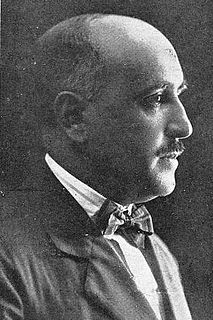 W
WJuan de Echevarría Zuricalday or, in Basque, Juan Etxebarria Zurikaldai was a Spanish painter of Basque ancestry. He is generally associated with the Fauvist movement and is known primarily for landscapes, still lifes and portraits.
 W
WSebastián Gessa y Arias was a Spanish painter; known as El pintor de las flores, for his dedication to floral themes, bodegones and still-lifes.
 W
WJuan van der Hamen y (Gómez de) León was a Spanish painter, a master of still life paintings, also called bodegones. Prolific and versatile, he painted allegories, landscapes, and large-scale works for churches and convents. Today he is remembered mostly for his still lifes, a genre he popularized in 1620s Madrid.
 W
WFrancisco Llorens Díaz was a Spanish-Galician painter; best known for still-lifes and landscapes.
 W
WJosé Valentín Nogales y Sevilla was a Spanish painter and watercolorist, associated with the Málaga School of Painting. He specialized in landscapes and scenes that involved flowers.
 W
WJosé Pinazo Martínez was a Spanish painter, primarily known for portraits and still-lifes.
 W
WAntonio Ponce was a Spanish Baroque painter who specialized in still-lifes and garlands.
 W
WJosé María Rodríguez-Acosta González de la Cámara was a Spanish painter, known for portraits, urban landscapes and genre scenes. He also did still-lifes and some female nudes.
 W
WJuan Sánchez Cotán was a Spanish Baroque painter, a pioneer of realism in Spain. His still lifes—also called bodegones—were painted in an austere style, especially when compared to similar works in the Netherlands and Italy.
 W
WFrancisco de Zurbarán was a Spanish painter. He is known primarily for his religious paintings depicting monks, nuns, and martyrs, and for his still-lifes. Zurbarán gained the nickname "Spanish Caravaggio," owing to the forceful use of chiaroscuro in which he excelled.